Specialist wood and metal processing often requires the use of professional tools, especially when it comes to precisely punching holes, grooves or other shapes. This is where various milling cutters for wood and metal come in handy. Read this article and find out what different uses they have and how they can help you in your workshop.
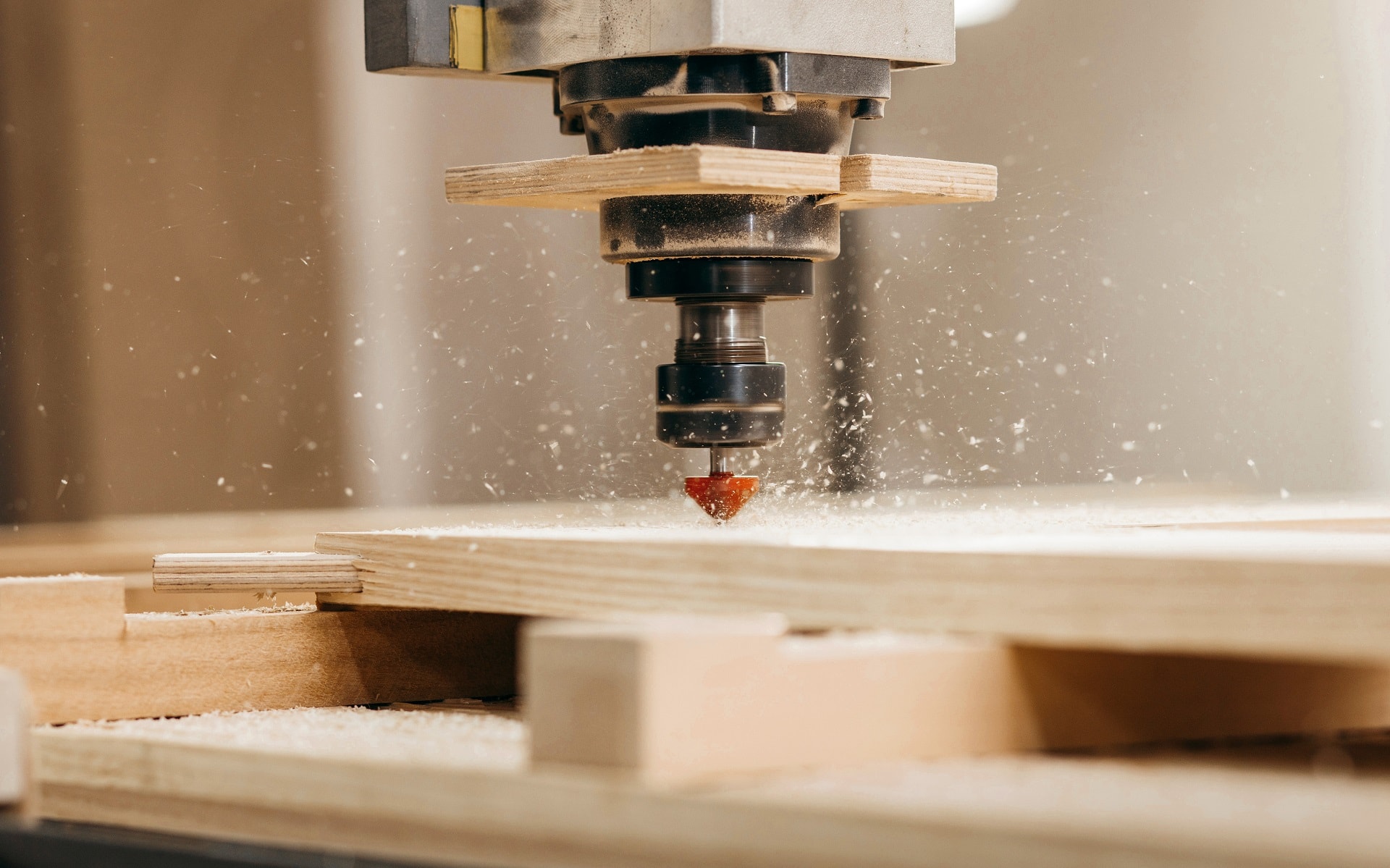
Specialist wood and metal processing often requires the use of professional tools, especially when it comes to precisely punching holes, grooves or other shapes. This is where various milling cutters for wood and metal come in handy. Read this article and find out what different uses they have and how they can help you in your workshop.
What are milling cutters and how should you use one?
Milling cutters are multi-edge cutting tools that cut the surface of a given material when rotated at high speed. In order to use one, you must first install it in an appropriate machine, e.g. a milling machine. You could also use a drill or a driver.
Milling cutters are used for roughing or finishing. More specifically, they are used to drill holes of a specific depth, clean the edges of a material, cut complicated patterns and much more. Depending on the type of cutter, they have blades intended for face or side use, also known as end milling. There are also models used for both.
Types of milling cutters
Milling cutters can be classified into several groups. The first distinguishing feature is their application, i.e. the material for which they are intended. In addition, they can also be divided according to the shape and material.
Types of wood milling cutters
Wood milling cutters, as the name suggests, are primarily used for finishing wooden elements. They are suitable for rounding, chamfering, bevelling and profiling edges of boards and panels. They are also used to create decorations and indentations for mortise joints. It all depends on the shape of the tool, which we will discuss further later in the article.
Types of metal milling cutters
Metal milling cutters are distinguished by their very high durability. Were it not for this fact, the processing of steel, iron and other elements would be impossible. Metal milling mainly comes down to gradually cutting the object’s surface until an appropriate thickness is obtained.
Types of milling cutters by shape
The two variants mentioned above can be further distinguished by their shape. Each of them is used for something else, which gives a lot of scope for processing material. Milling cutters are divided mainly due to their installation method. You can choose between pin and plug-in models.
Milling cutters have a built-in Morse taper, i.e. a mandrel, which help them get installed in the machine. Their diameter is relatively small (typically up to 40mm). Producing ones with a larger diameter would require more material to create a thicker mandrel, which would make production unprofitable.
You will find different types of end mills, with and without a central cutting edge. Models with a blade can be used to drill holes in the material, while cutters without one require pre-drilling a hole. You will then need different types of drill bits. There are also shaped cutters with a Morse taper. These are used for punching grooves or processing various types of edges. There is a very wide choice available, including disc, dovetail, reverse, rounding, groove or feather milling cutters, etc.
The second large group of such tools are side milling cutters. Contrary to the previously described ones, they do not have a mandrel. This means that to install them you need to use of a separate fastening element. An advantage is their larger size, meaning that a larger area can be processed.
As in the case of end mills, side milling cutters have a very wide range of applications. End mills, for example, are ideal for both cutting holes and side machining. In turn, modular milling cutters are used for gears and chain wheels. There are also edge rounding, saw, worm, radial concave, radial convex and many more models.
An interesting variety are folding milling cutters. They are fitted with multi-cutting inserts which, when dulled, can be turned to a sharp edge or replaced with new ones without having to throw away the entire cutter. This saves you money as well as the time you would spend re-setting the tool.
Types of milling cutters depending on the material of the blade
The material from which the cutter is made affects not only its service life, but also its possible use. Not every model will be suitable for processing hard metal. There are therefore several types of these tools on the market. Here is a list of the most commonly used materials for milling cutters:
- high-speed steel (HSS) – ideal for low-speed machining of soft materials, e.g. aluminium, brass, bronze or some types of steel,
- cobalt steel (HSS-E or HSS-Co) – the addition of cobalt makes the blades stronger than those made of HSS,
- sintered carbide (HM) – consists of tungsten, titanium and chromium, which enable the processing of steel,
- powder steel (PM) – for high-speed cutting of metals and plastics,
- with a diamond plate (PKD or DIA) – very hard blades for steel, as well as stoneware, marble, ceramics and natural stone.
Types of milling cutters and their use – summary
A wide range of milling cutters for wood and metal let you make even very complex grooves or holes. You will also need the right machines and accessories. A milling machine is the most practical in this case, but there is nothing to prevent you from using, for example, a table drill. This is worth bearing in mind when you start setting up your own DIY workshop.
With milling cutters, safety is obviously of great importance! Shavings and particles are often generated during work, which can be dangerous for your eyes. Protective goggles or a visor will therefore be necessary. Also remember to wear gloves, because metal shavings can hurt your hands.
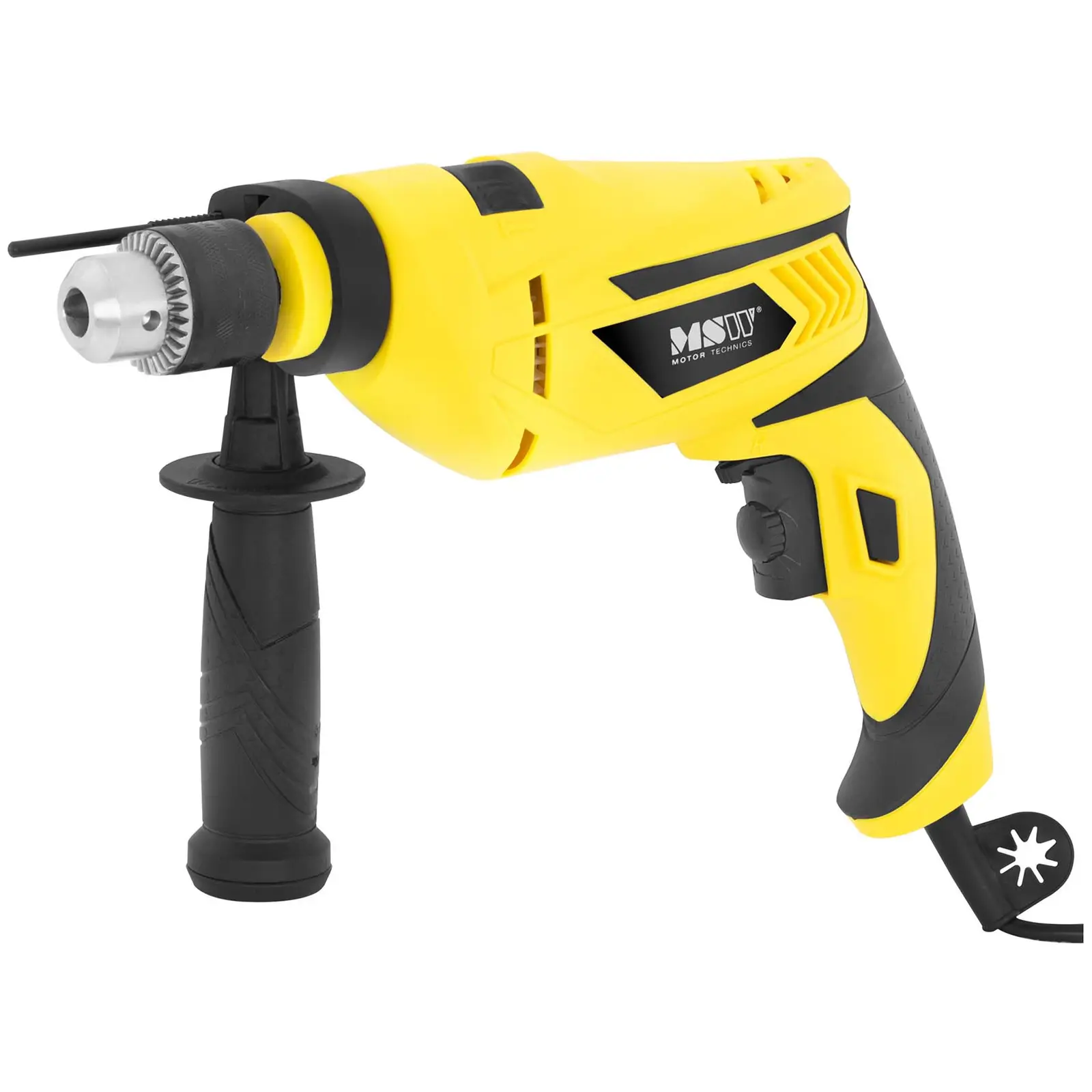
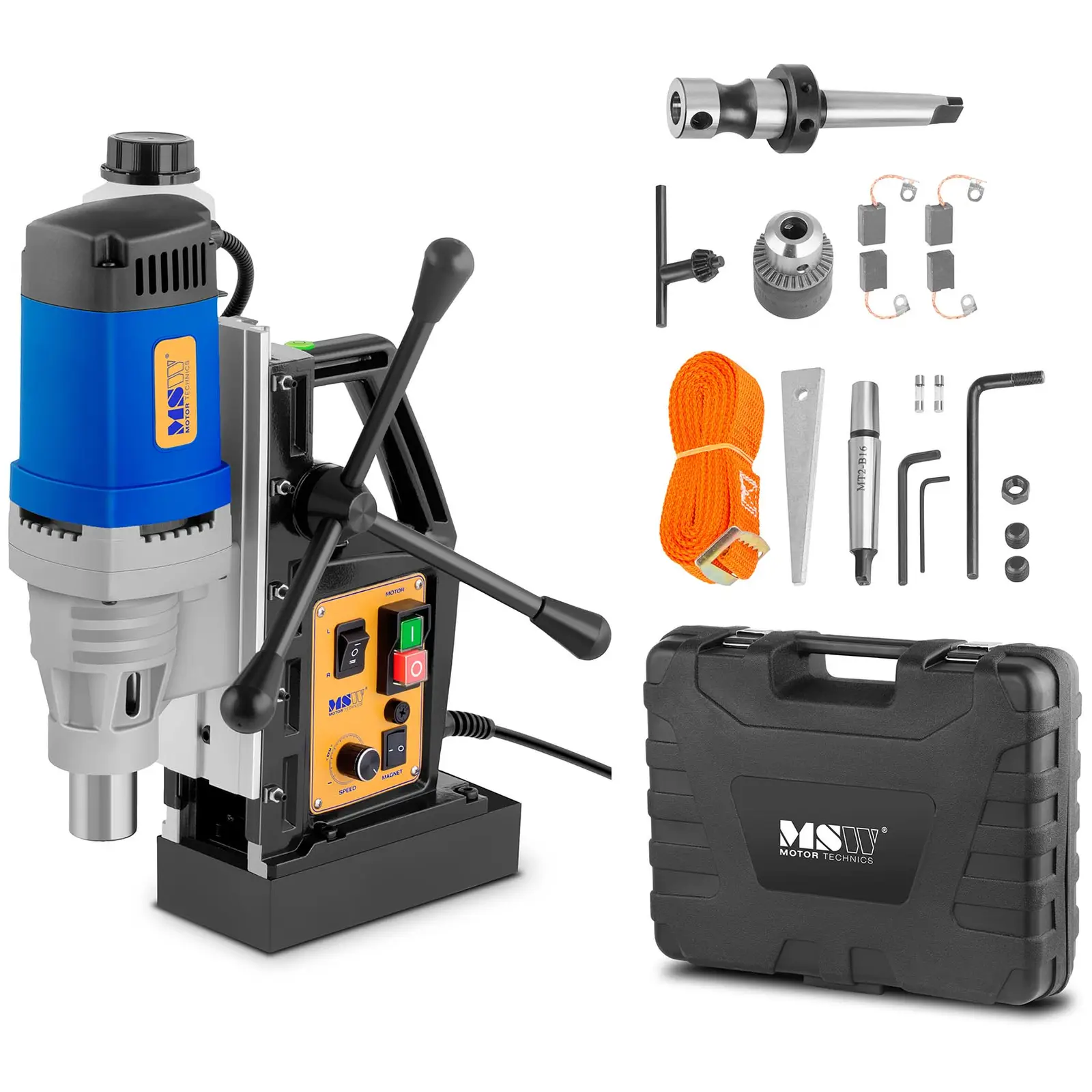
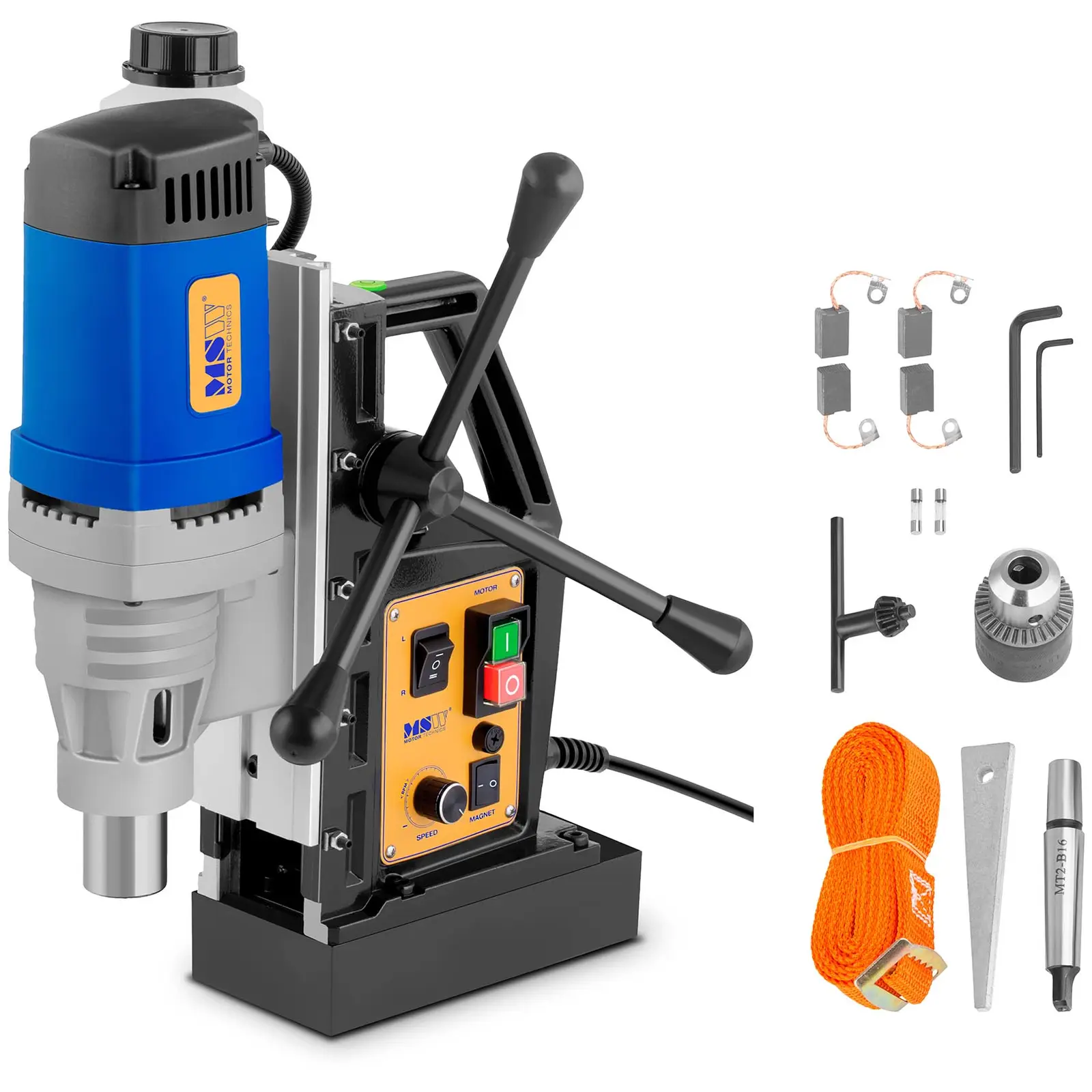
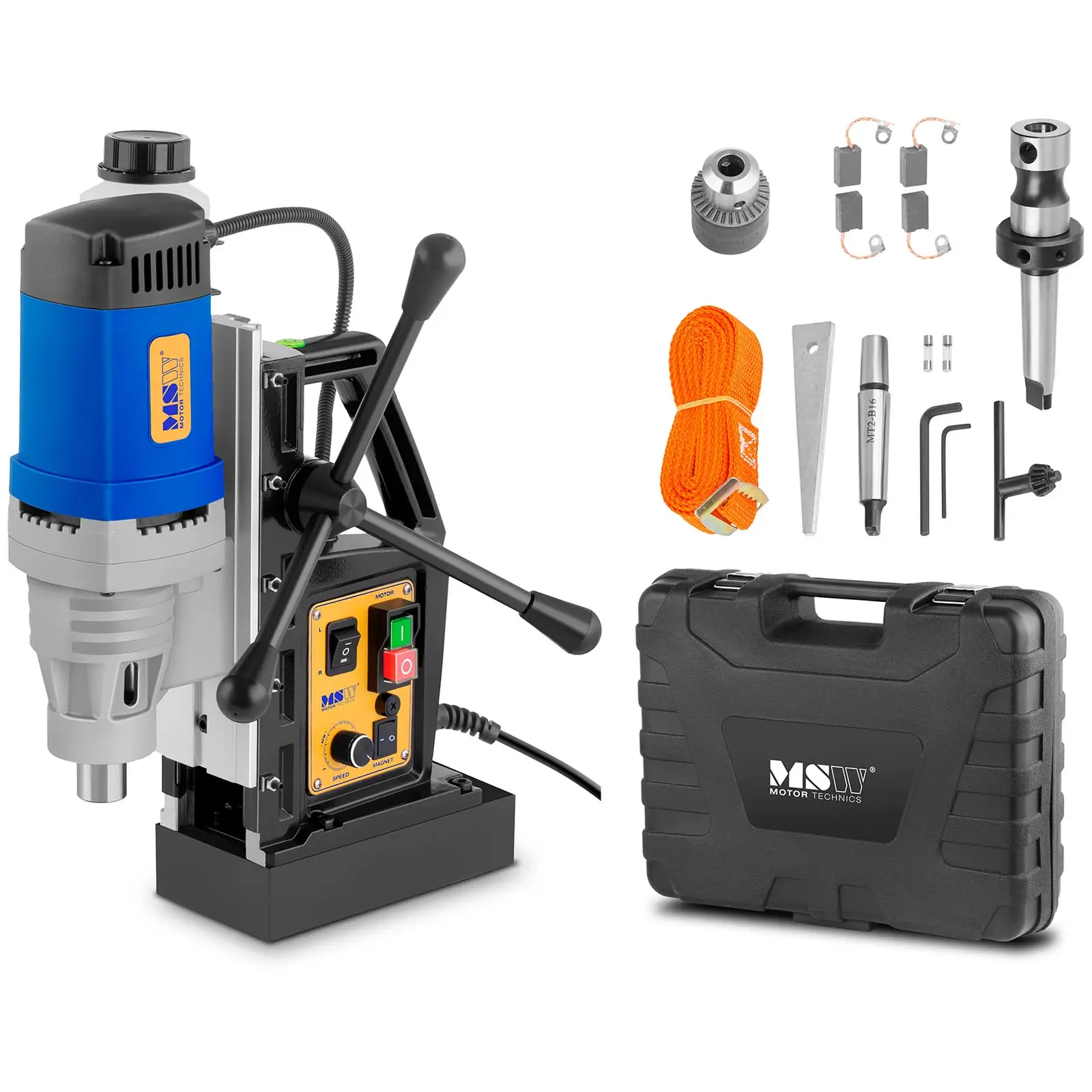






Share